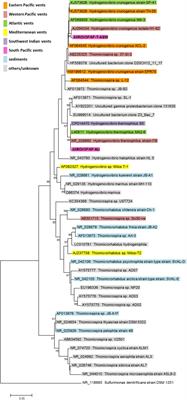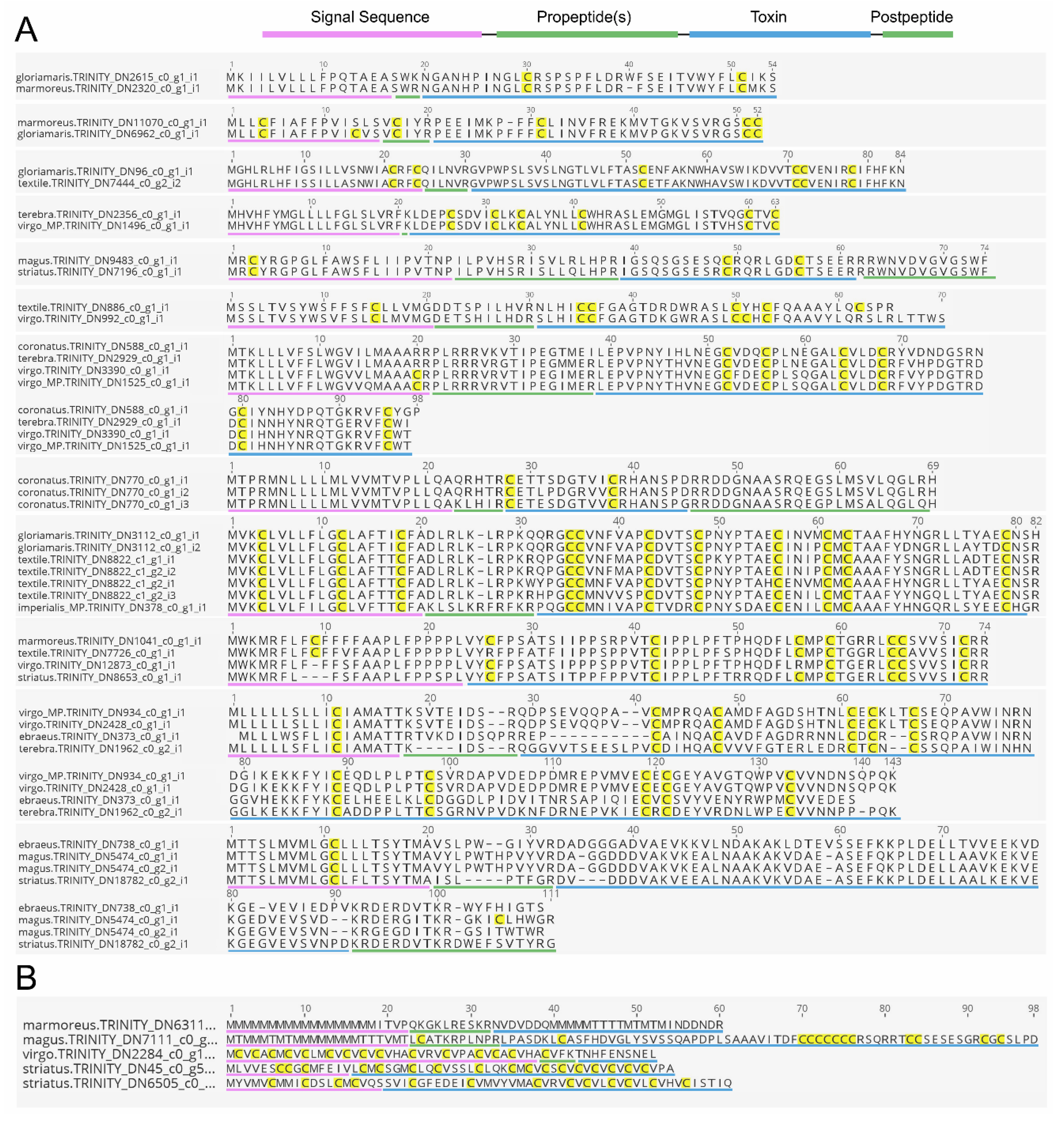



We recommend that you remove previous versions of EndNote before updating to the current version to allow for a clean, trouble-free installation of the software.I have followed all appropriate research reporting guidelines and uploaded the relevant EQUATOR Network research reporting checklist(s) and other pertinent material as supplementary files, if applicable.Some things to consider before you begin: I confirm that any such study reported in the manuscript has been registered and the trial registration ID is provided (note: if posting a prospective study registered retrospectively, please provide a statement in the trial ID field explaining why the study was not registered in advance). I understand that all clinical trials and any other prospective interventional studies must be registered with an ICMJE-approved registry, such as. Author DeclarationsĪll relevant ethical guidelines have been followed any necessary IRB and/or ethics committee approvals have been obtained and details of the IRB/oversight body are included in the manuscript.Īll necessary patient/participant consent has been obtained and the appropriate institutional forms have been archived. We thank Schmidt Futures, Moore Foundation, CZI BioHub and HHMI-Gates Foundation for financial support to the Prakash Lab.

The authors have declared no competing interest. We publish our draft design documents and current implementation which is open and accessible in the hope that broadening the community globally will accelerate arriving at a solution and that peer review will improve the final design. We estimate the component cost of the system to be around $500. In our current prototype, we demonstrate volume control with assist control on a test lung and present a linear actuator-driven pinch valve-based implementation for both pressure control and volume control with decelerating inspiratory flow. To do so we employ a modular design approach and broadly explore taking advantage of parts from non-traditional supply chains. Our design philosophy is not only to try to address potential ventilator shortages, but also to account for uncertainties in the supply chains of parts commonly used in traditional ventilators. We describe a minimum, rapidly scalable ventilator designed for COVID-19 patients with ARDS.


 0 kommentar(er)
0 kommentar(er)
